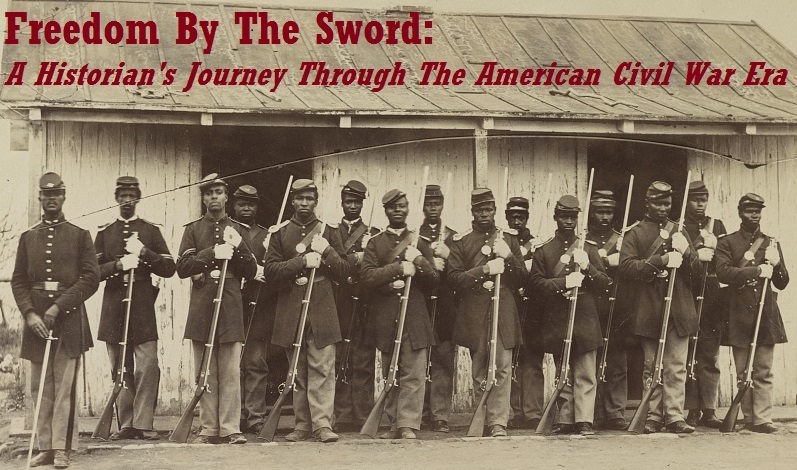Norfolk native Cassandra Newby-Alexander received her B.A. from the University of Virginia and her Ph.D. from the College of William and Mary in May 1992. Since then she has focused much of her research and writing on the history of African Americans in Virginia. Her publications have appeared in edited books and major biographical series, such as the Dictionary of Virginia Biography. Her co-authored books, Black America Series: Portsmouth (2003) and Hampton Roads: Remembering Our Schools (2009), were the first to examine the history of African Americans in Portsmouth and the emergence of public schools in the Norfolk area. She also co-edited a book based on a democracy conference held at Norfolk State University during the 400th Anniversary of the nation’s founding entitled, Voices from Within the Veil: African Americans and the Experience of Democracy (2008).Currently, Dr. Newby-Alexander is working with two other historians on a city-commissioned history of African Americans in Norfolk, Virginia entitled, I Too, Sing Norfolk (anticipated publication in late 2009). Her next project, which will be the first one to examine the Underground Railroad in Virginia, is tentatively entitled “Waterways to Freedom: Virginia and the Underground Railroad.” This project will connect with a March 2009 workshop that focuses on the Underground Railroad in Hampton Roads, sponsored by Norfolk State University and the National Underground Railroad Network to Freedom.
Dr. Newby-Alexander mentioned how most slaves who escaped on the Underground Railroad escaped via ship, and that some of these activities took place in Hampton Roads. Ships leaving Norfolk went to places in New York, Massachusetts, and Pennsylvania which made Hampton Roads a perfect place for the Underground Railroad to conduct their activities.
She mentioned that the reason for slaves escaping had mainly to do with large slave sales and that this would prompt some slaves to escape to avoid sale or to join loved ones who had been sold recently. She had several slides that showed the immense value of female saves due to their ability to reproduce and the value of skilled male slaves.
Using slides that showed newspaper clippings from the period, Dr. Newby-Alexander showed how slaves in the Norfolk area would escape in groups – as an example she told the story of a local church that sent a large portion of its congregation to Canada via a ship leaving Hampton Roads.
This led to widespread fear in the local white community of slaves escaping which made them amenable to secession when the American Civil War commenced.

No comments:
Post a Comment